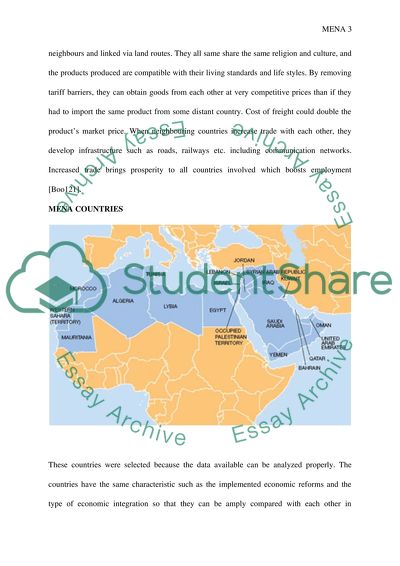Cite this document
(Financial Market Integration and Macroeconomic Volatility Case Study, n.d.)
Financial Market Integration and Macroeconomic Volatility Case Study. Retrieved from https://studentshare.org/macro-microeconomics/1404098-regional-economic-integration-mena
Financial Market Integration and Macroeconomic Volatility Case Study. Retrieved from https://studentshare.org/macro-microeconomics/1404098-regional-economic-integration-mena
(Financial Market Integration and Macroeconomic Volatility Case Study)
Financial Market Integration and Macroeconomic Volatility Case Study. https://studentshare.org/macro-microeconomics/1404098-regional-economic-integration-mena.
Financial Market Integration and Macroeconomic Volatility Case Study. https://studentshare.org/macro-microeconomics/1404098-regional-economic-integration-mena.
“Financial Market Integration and Macroeconomic Volatility Case Study”, n.d. https://studentshare.org/macro-microeconomics/1404098-regional-economic-integration-mena.


